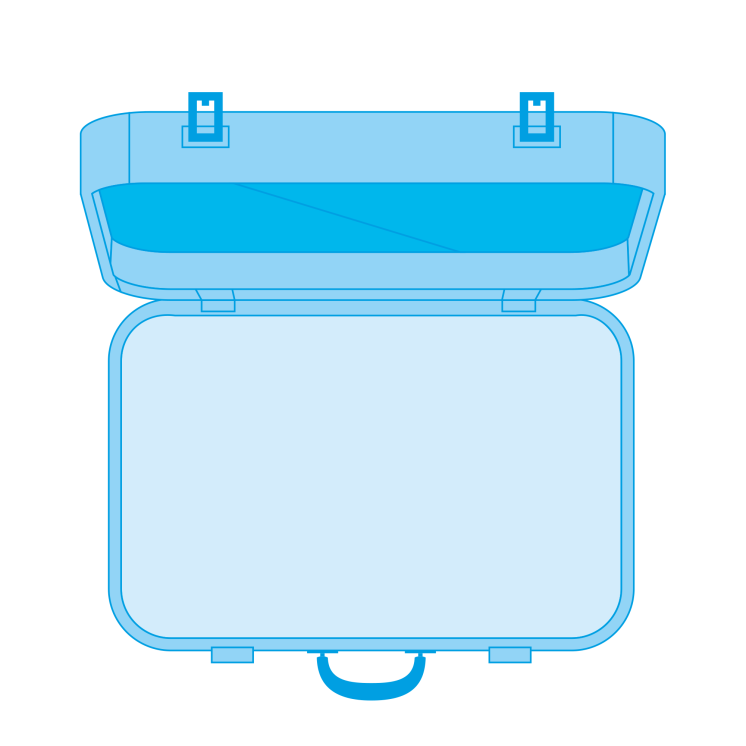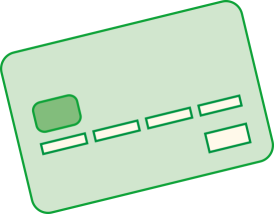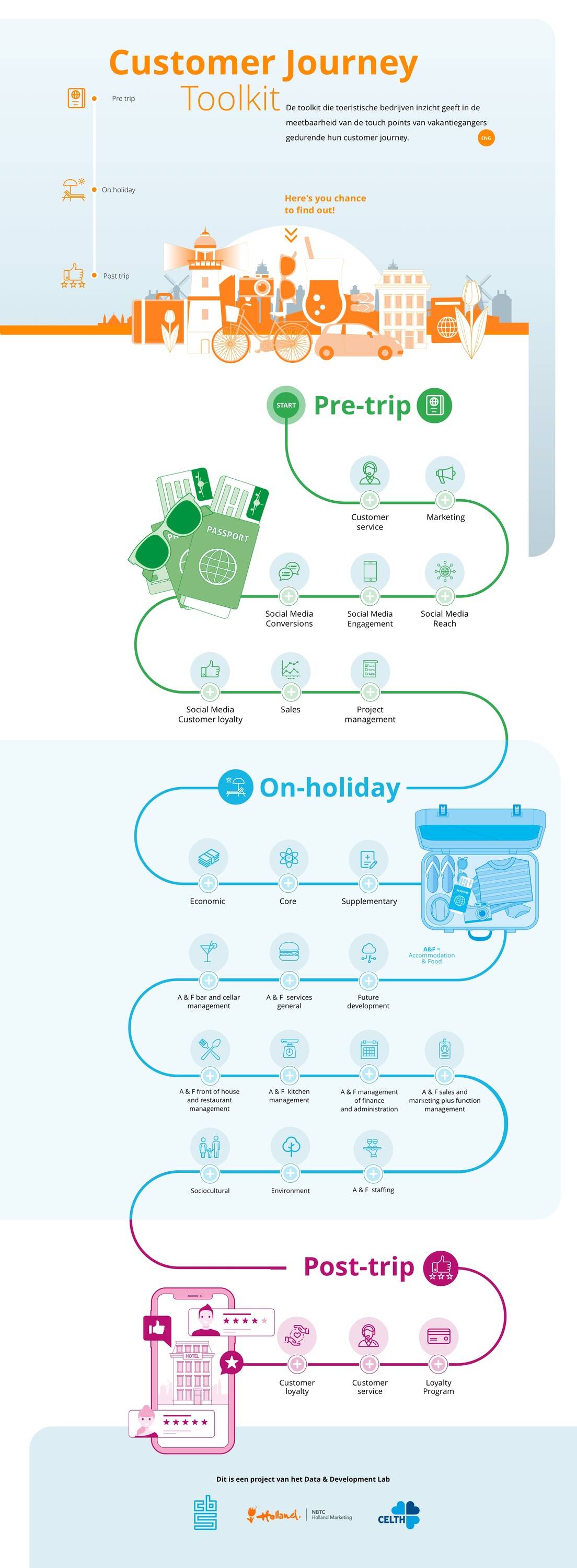

Here's your chance
to find out!













Pre-trip




Special thanks to NHL Stenden students Philipp Best, Nadila Nurfitri en Wanyun Han.

Dit is een project van het Data & Development Lab
On-holiday
A&F =
Accommodation
& Food


Sociocultural


A & F staffing


Environment


A & F sales and
marketing plus function
management


A & F management
of finance
and administration


A & F kitchen management


A & F front of house and restaurant management


A & F bar and cellar
management


A & F services
general


Future
development


Supplementary


Core


Economic

Post-trip


Loyalty
program


Customer
service


Customer
loyalty



Social Media
Customer Loyalty


Sales


Project
management


Social Media
Conversations


Social Media
Engagement


Social Media
Reach


Marketing


Customer
service
Pre-trip
start

ENG
De toolkit die toeristische bedrijven inzicht geeft in de meetbaarheid van de touch points van vakantiegangers gedurende hun customer journey.











Toolkit
Customer Journey








ENG
De toolkit die toeristische bedrijven inzicht geeft in de meetbaarheid van de touch points van vakantiegangers gedurende hun customer journey.
voor weergave van de gegevens kunt u deze publicatie het beste bekijken op desktop, tablet of laptop
Toolkit
Customer Journey



